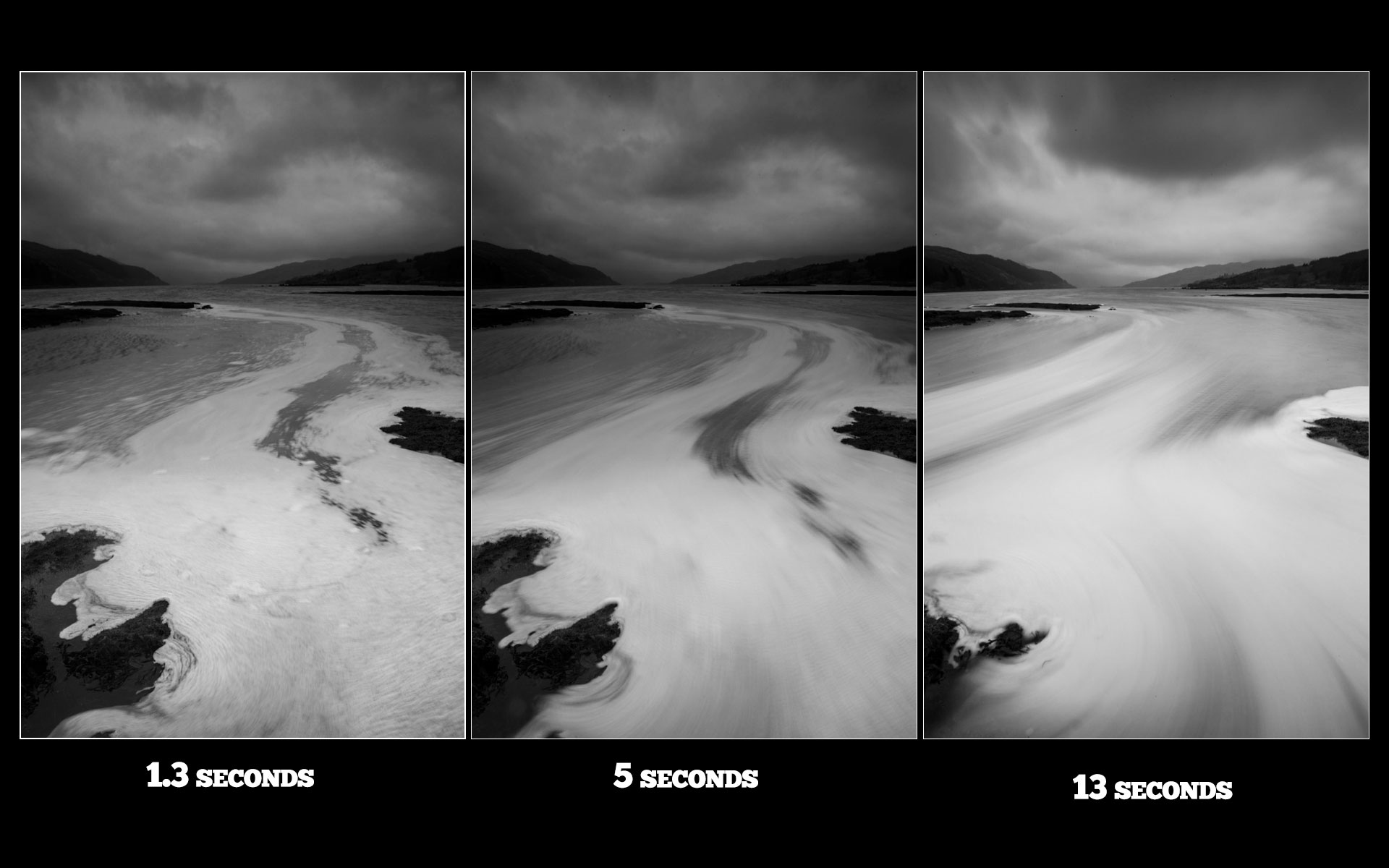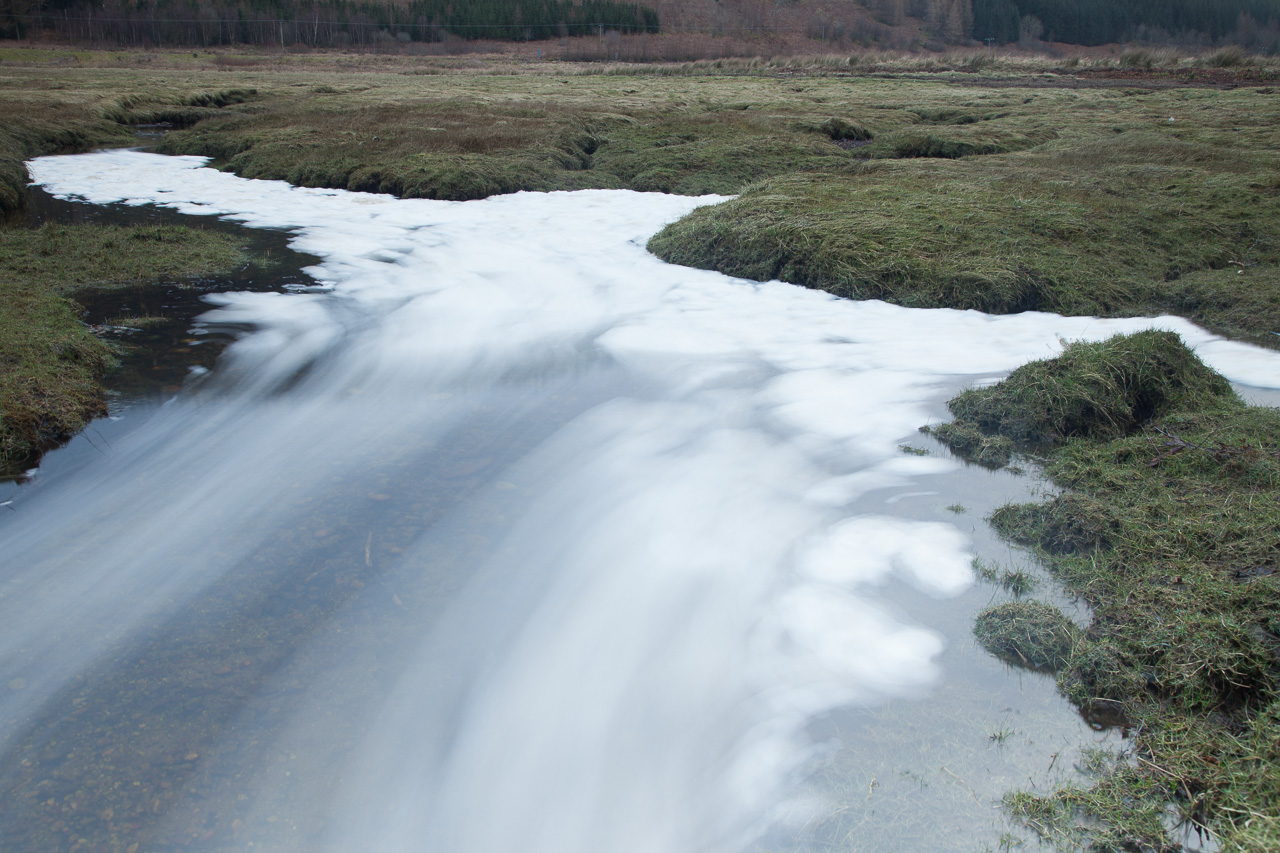If you read my previous post, you'll have heard the great news that "Incoming Tide, Loch Sunart" has been awarded 3rd place by the panel of judges in the Scottish Nature Photography Awards 2014 in the Sea and Coast category. I thought to share in my success I'd put together one of my 'Making the Image' posts to give you more of an insight. Not quite a behind the scenes of an award winning shot, but nearly!
Though only 2 years old, it feels like I made this image a lifetime ago. My photography and my approach have developed an awful lot since, but it just goes to show that you can find unexpected gems in earlier work.
The Story
I was on my way back from a week on Skye and stopped off at a lovely spot in Ardgour. Most people drive on to Glen Coe but I love this little spot and the inn at Corran just on the other side of the ferry. Loch Sunart is a bit further round at the other end of Glen Tarbert. It's a long sea loch separating Ardnamurchan to the north and Morvern to the south.
[osmap width=600 height=600 markers="NM8321060593;Loch Sunart" zoom=4]
I had arrived late in the day, hoping for a sunset but heavy cloud above pretty much ruled that out. The week prior had been a stormy one and there was a lot of white sea foam floating in the middle of the loch, churned up by the rough seas.
I am often on the look out for things floating on top of water, and 'scum' is my number one favourite! Perhaps not something to get excited about ordinarily, but this is what often adds streaks and swirls to images of water, providing an additional (often graphic) element, enhancing the sense of flow and bringing out some of the behaviour of the water that otherwise might be lost. Even then I couldn't predict just how important a feature it would become for this shot.
So I parked up the car, lurched across the salt marsh and started to set-up just as the tide began to come in. And boy did it come in! Here's the contact sheet of the 28 images (plus some virtual copies) that I made in the 25 minutes from the tide approaching the salt marsh to it being fully inundated and I beating a retreat to the car!
I won't talk through every shot, but I'll pick out a few of interest. Note these are in various stages of 'being played with'; some are as shot, others have been given some rough treatment to see if they hold any virtue (I do this a lot), and others are final or near final.
BBM Syndrome
The first few shots are warm-up shots; the first's a duff exposure, the next few have corrected that and start playing with position and exposure lengths (5" up to 15"). The initial streams of foam here - before the main body arrived - provide a little streaking but there's not much going on otherwise.
At this point I think where I am is a bit too messy. There's a lot of seaweed and it's disrupting the edge of the salt marsh, so everything looks quite cluttered rather than the graphic lines I was hoping for.
I relocate to my left and immediately see this stream outlet and it's graphic S bend. This is exactly what I'm looking for and I set to work quickly. In this initial shot you can see the basis for the final image.
You can probably also see that the main body of foam has arrived and is pushing its way up the outlet. It was amazing how quickly it was moving. With exposures of several seconds I would find myself making one or two shots before having to relocate to stay at the head of the foam. Often landscape photography is thought of as slow paced and relaxing. However I find that when light or the elements within the frame are changing quickly you need to have all of your wits about you and be prepared to move very quickly.
There are a few thing that I don't like about this shot. There's still that messiness down the left hand side (which I crop in the next image). More than that, I think the headland and trees down the left are very dark and very dominant. This orientation is giving me a massive area of black (I call it BBM - big black mass - syndrome) down the left. The frame just feels very wide with too much eye pulling stuff down the sides.
I like the 'tendrils' in this next image but they seem to me to be fighting the top half of the image, and with the fast moving tide I didn't have a chance to reshoot (see, it is more like action photography!).
Jackpot!
Instead I remove the seaweed from my composition by moving towards it, and hit the jackpot! The portrait orientation tackles the 'too much stuff' down the sides problem, and also allows me to accentuate the sky and the foam trails. I use portrait a lot for water movement shots like this; it gives the trails much more 'runway' and prominence in the final frame, where the earlier landscape oriented shots squash it it into the smaller dimension whilst adding in more elements down the sides; a bit of a double whammy really!
Personally I think there's still a bit too much BBM going on down the left, but the wider focal length (24mm v 28mm) makes it a bit smaller, and the orientation really helps. That said I often talk about seeing the landscape in shapes, and I do like that the triangle of the trees and triangle of the bank bring the eye from left to right to the start of the S, to then flow back down to the left and on to bottom right hand corner. I think composition is often a question of compromise; the extra dark patch may be quite heavy on the eye, but the image would be weaker if the flow didn't end bottom right or perhaps even without those triangles.
I obviously felt good about this shot and played with it a bit more. A bit of play with the shutter speed shows how it very often plays a vital role in the final image. Notice how the streaks in the 2" exposure look a bit 'ragged' where in the 15" exposure they are very smooth, and also the swirling eddies have tightened up.
Engulfed by Scum
From this point you can see that things start to fall apart. I'm being pushed further back into the salt marsh, having to adapt quickly as the foam swallows all before me.
Actually here's another good example of how shutter speed plays a difference. Notice how in the 1.3" you can see the shapes in the foam? In the 13" exposure it's all smeared to white. Again notice how quickly the foam has moved, almost fully swallowing up the seaweed bottom left within 90 seconds.
By the final 'snapshot' the foam has fully filled the gaps in the salt marsh and there's no real opportunity for long exposures; the water will mostly render as pure white from the high levels of foam at this point.
Processing the Final Select
Ok, let's revisit our winning frame briefly.
My vision for the image is to bring out the streaks in the water, accentuate the graphicness of the S-bend and also bring out some of the texture in the sky which has also been nicely smoothed without going 'streaky' by the 15 second exposure.
Most of the work is in creating that high contrast feel. I want to plunge the blacks to reduce the sense of detail in the land, maximising the graphic shape. An increase to the highlights and overall contrast boosts the brightness of the streaks and parts of the sky. And then a good dose of Clarity really helps bring out the detail in the streaks and sky by increasing mid tone contrast.
Finally, here you can see my selected image in colour and in black and white side-by-side.
I love the patch of blue luminance at the head of the loch, but that and the browns on the loch shore - for me - compete too heavily for attention. My eye is instantly drawn to the blue, where I want the focus to be on the streaks in the water. Aside from those patches of colour the image is essentially monochrome anyway so I'm naturally led to a black and white conversion, where I then add some extra punch in contrast through a combination of Lightroom, Photoshop and Nik's Silver Efex Pro.
I hope you, too, like the final result.







